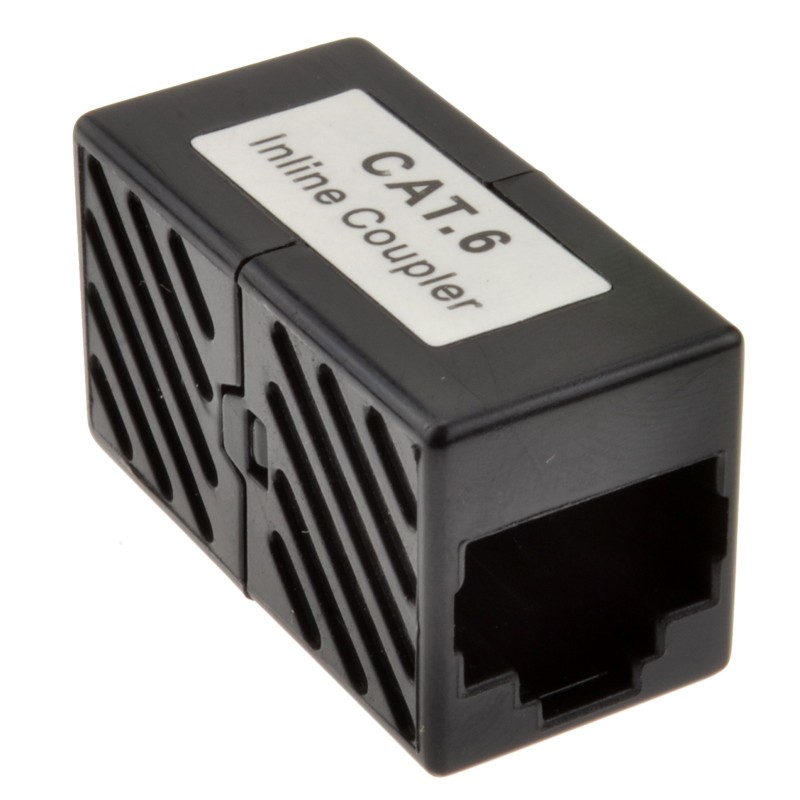Hi all,
Hoping for a little bit help.
I am installing a wired home network in my house and I have used some cat5e and some cat6 cable I got for free.
Some of it is shielded and some not purely because that it was I had.
I am a the point where I am about to start fitting the RJ45 connectors and need some advice.
As the system is a mismash of shielded and unshielded can I just use unshielded connectors?
Are all connectors compatible with both cat5E and cat6 and any other cat?
Are pass through connectors easier to fit than standard and any reasons not to use them?
Should I be using strain relief boots or are they a waste of money?
Any help much appreciated.
Kind regards,
Mark.
Hoping for a little bit help.
I am installing a wired home network in my house and I have used some cat5e and some cat6 cable I got for free.
Some of it is shielded and some not purely because that it was I had.
I am a the point where I am about to start fitting the RJ45 connectors and need some advice.
As the system is a mismash of shielded and unshielded can I just use unshielded connectors?
Are all connectors compatible with both cat5E and cat6 and any other cat?
Are pass through connectors easier to fit than standard and any reasons not to use them?
Should I be using strain relief boots or are they a waste of money?
Any help much appreciated.
Kind regards,
Mark.



